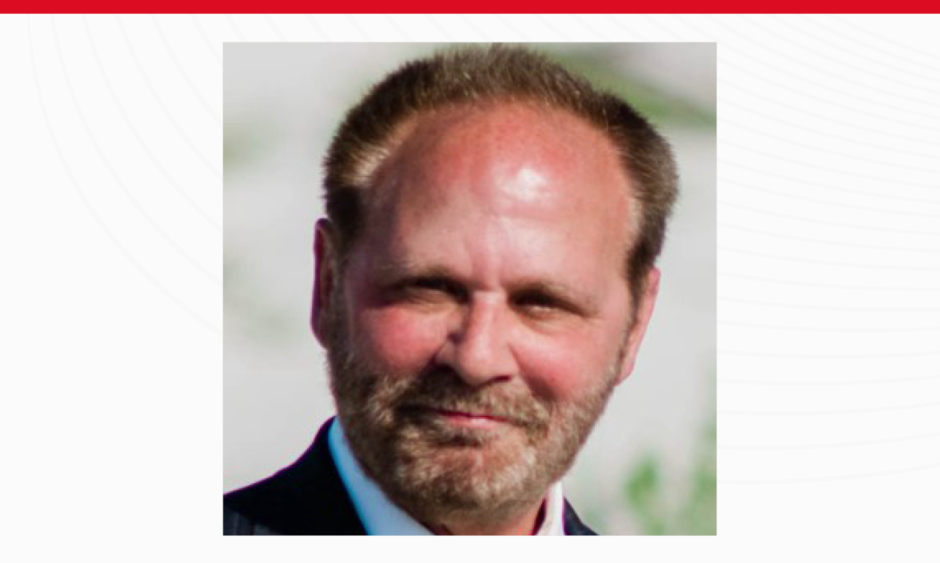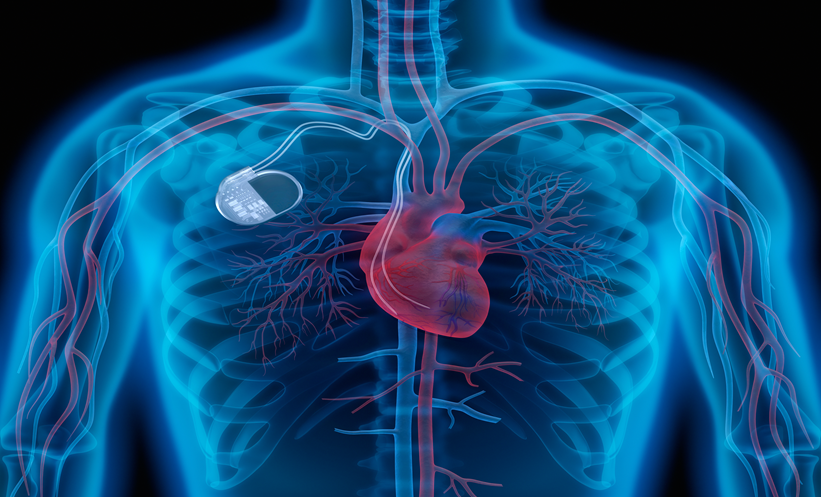Lloyd W. Klein | Clinical Professor of Medicine, University of California, San Francisco, USA
![]()
With 40 years of experience as an interventional cardiologist, what initially led you to pursue a career in this field?
I was very fortunate to be drawn to interventional cardiology during its early stages. The potential to be a pioneer in a highly promising field attracted me and sustains my interest. And the prospects for innovation haven’t stopped: the rapidly evolving advances in device technologies for the treatment of valvular and structural cardiac abnormalities and expanding indications for the use of these technologies as alternatives to cardiac surgery continue to motivate me.
My personal goal has been to provide outstanding clinical care to my patients while also making significant investigational contributions. It has been most rewarding to positively impact patients’ lives while making a tangible difference in how intervention is practiced. Additionally, intervention is not just a procedural speciality; one builds gratifying long-term clinical relationships with patients.
You have been an advocate for spreading awareness about occupational health hazards related to chronic, low-level exposure to fluoroscopy in catheterisation labs. What originated this interest?
Several of my friends, colleagues, and staff lost time from work, curtailed their careers, and even developed life-ending illness due to a work environment that did not consider occupational safety be a priority. Frequent turnover led the most experienced, technically savvy individuals to pursue other opportunities, leaving gaps in knowledge among those remaining.
There is ample clinical data documenting the prevalence of serious occupational health risks engendered by the fluoroscopic laboratory environment. Despite the attention to these occupational health issues in clinical studies, advances to improve worker safety remain inadequate. My response to seeing the important stakeholders ignore this issue stimulated me to take the lead. The solution is to bring together catheterisation lab staff and physicians, hospital and practice administration, professional societies, and private industry to acknowledge that this is a serious problem and then to work together to find cost-effective solutions.
What is in your opinion on the future of catheterisation labs and interventional procedures, particularly relating to health and safety?
The interventional laboratory of the future will combine the results of diverse imaging modalities, so that information obtained by one method is incorporated into the information acquired by other technologies. This will limit operator and patient exposure to radiation and improve the selection of treatment strategies. In the coronaries, the composition of the plaque, the presence of vulnerable plaque, its 3D geometric character, its physiologic consequence, and the simulated effect of the planned therapy will be unified. CT scanning will take the place of diagnostic coronary angiography, decreasing the number of normal results. In valvular cases, computational modelling and other artificial intelligence techniques are promising in regard to guiding case selection and implantation strategy.
As simulation technology advances, increased utilisation of virtual interfaces, i.e., ‘robotic’ techniques, can be anticipated. Increasingly, the operator will be separated from the procedural bedside in order to protect the operator from the radiation environment.
One of your research focuses is acute coronary syndromes. How have you seen the treatment of these pathologies change in terms of advancements to the technology used?
I became involved in acute ST-elevation myocardial infarction interventions from its inception in the USA in 1980. It always seemed that opening the vessel in acute coronary syndromes ought to be the best solution, and it has been greatly rewarding to participate in its progress through the paradigm of scientific study, improved application, and established standard of care. The use of point-of-care clotting testing and adjunctive pharmacologic approaches to prevent thrombotic complications while minimising the risk of bleeding has been one of our areas of interest and will continue to evolve as better drugs are developed. The promise of systemic anti-inflammatory treatments remains but practical development seems to have stalled; yet I have no doubt a solution will eventually be devised.
As both a clinician and an educator, how do you believe new interventional cardiologists should be trained?
The volume of coronary arterial interventions will continue to exceed other interventional areas. Acute or critical care cardiology should increasingly be under the purview of interventional-trained personnel who thoroughly understand the risks and benefits of ventricular assist devices and other life-saving techniques.
Maintaining proficiency in a broad variety of procedures will become impossible. The development of super-subspecialties will require interventional cardiology societies and training programmes to seriously consider how best to alter their training practices to produce the right number of young operators with the right specialisations. These manpower implications have never been adequately addressed, leading to the problem of very low volume operators with a lack of experience. The team must be comfortable interacting with the sickest patients and their families, particularly those likely to not survive; and the team must also be familiar with advanced imaging and haemodynamic support technologies, a combination of skills that necessitates years of experience.
Since you were appointed as a clinical professor at University of California, San Francisco, USA, what has been your proudest achievement?
Placing emphasis on how interventional cardiologists can improve treatment decisions has been our recent focus. In particular, how best to incorporate the evidence-base and modify guideline and Appropriate Use Criteria to integrate shared-decision making into clinical practice. Engaging in a dialogue between the clinician and patient to jointly make decisions is most likely to ensure the best decision is made for that patient.
We have led efforts to define quality practice as more than just high volume or guideline adherence. Making the right decision requires understanding what patients really care about. They routinely tell us that quality of life is more important to them than its length, which is rarely the focus of clinical trials. With the reality of physician report cards, third-party assessments of hospital and physician quality, ties between outcomes and reimbursement, and the public reporting of outcomes, can we better define what is quality practice?
What are some points of emphasis you believe clinicians should incorporate into practice to be the best interventional cardiologists they can be?
The most significant challenge for an interventional cardiologist in contemporary practice is to do what is best for the patient. Diminishing reimbursement despite rising costs has resulted in greater dependence on interventional volume to maintain the revenue stream of cardiology practices. In this context, the results of the ISCHEMIA trial challenge our conceptions of what comprises excellence in practice. Revascularisation in stable ischaemic heart disease of patients with moderate-to-severe ischaemia had no benefit beyond medical therapy in preventing major cardiovascular events at 4 years. How the consequences of this finding are resolved, with its myriad resource allocation, cost, and value considerations, will be a defining moment for the field.
Increasing utilisation of intravascular imaging to guide performance and appraise results is another neglected area. Although success has been traditionally defined by an angiogram showing improvement, this standard should be modified to include imaging that provides information about stent apposition, expansion, and the absence of dissection.








